Managing avalanche risks wins UNESCO status
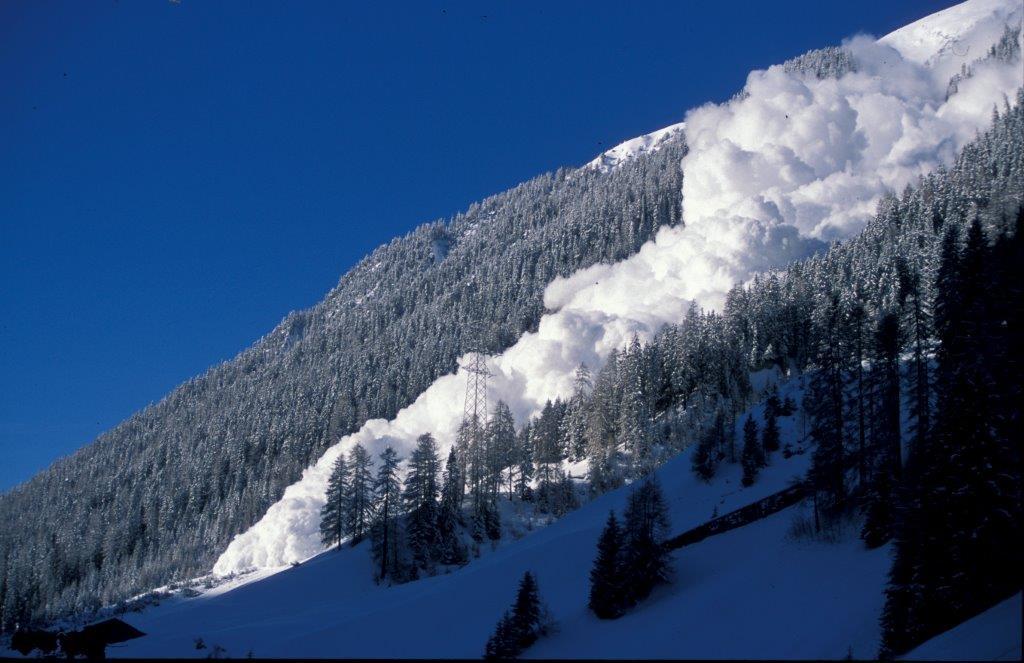
Switzerland and Austria have been awarded coveted UNESCO intangible cultural heritage status for their management of avalanche risks. The award celebrates well-known traditions, art forms and practices.
The knowledge, experience and strategies of managing avalanche risksExternal link, which have been constantly updated and passed down over generations in Switzerland and Austria, have been officially recognised as a global cultural treasure by the United Nations.
On Thursday, the Paris-based United Nations Education, Scientific and Cultural Organization (UNESCO) added it to a list known as “Intangible Cultural Heritage of Humanity”. External link
“Avalanches have given rise to collective forms of risk management in the Alps,” the Federal Office of Culture said in a statementExternal link. “Training rescue dogs, including the famous Saint Bernards, analysing snow packs, documenting avalanches, protecting homes, training mountain guides and passing on knowledge: over the centuries, people living in the Alps have developed special strategies to cope with the phenomenon.”
The joint bid was lodged in 2007 by the Federal Office of Culture, the Institute for Snow and Avalanche Research (SLF), canton Valais and various Austrian associations and institutions.
“This [UNESCO] recognition underscores the excellence of the cooperation that is being carried out and raises awareness of a danger that is often underestimated,” said SLF Director Jürg SchweizerExternal link.
Long history
What makes Switzerland’s approach so unique, experts say, is its long history, which dates back centuries – much of it written down – and the level of sophistication.
Going back to the Second World War, the national avalanche warning service run by the Institute for Snow and Avalanche Research (SLF) in DavosExternal link is just one example. Since 1945, SLF has been responsible for producing a twice-daily national avalanche bulletinExternal link using data gathered by 200 people trained to do the job and 170 automatic measuring stations dotted across the Swiss Alps.
Trained forecasters from all walks of life – from monks to housewives but increasingly the employees of ski areas and local communes – gather basic data on snow and weather conditions and the snowpack following traditional methods dating back over 70 years. Other countries have observer networks but the density of the Swiss network and level of training and expertise make it unique.
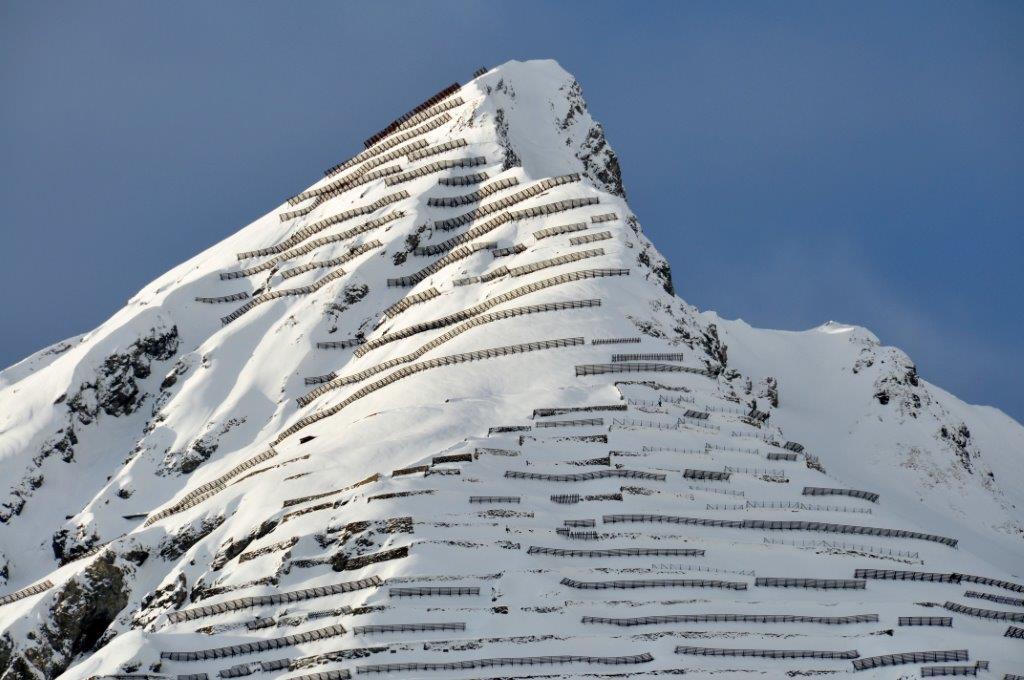
Research
The warning system is just one element. Since 1936, the SLF has developed into a renowned institute and become more professional, with forecasting and research under one roof, and nearly 150 employees.
The institute was founded to help the hydropower companies, railways and tourism industry in the Swiss Alps manage avalanche risks, keep roads open and be safe in the winter. This led to greater research. Today, the institute boasts a myriad of world-class scientific projects from 3D avalanche modellingExternal link to lab-grown snow or the use of drones to map snowpack thickness.
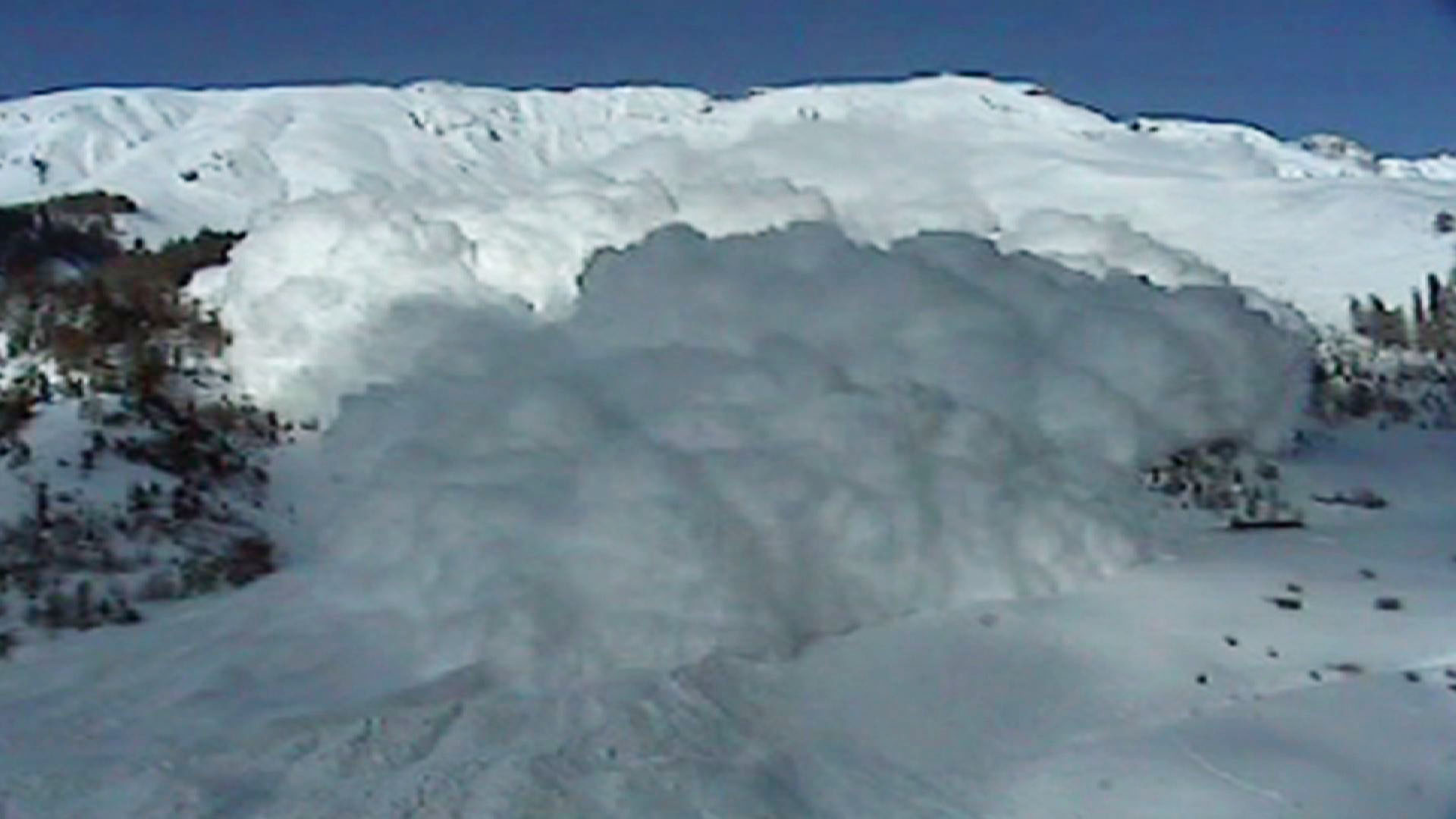
More
Avalanche!
Tragically, avalanche experience and skills are also formed by real disasters and accidentsExternal link. The avalanche winter of 1951 resulted in almost 100 deaths and marked the beginning of organised avalanche mitigation in Switzerland. This led to the creation of avalanche bulletins, hazard mapping and mitigation projects.
Defence structuresExternal link such as steel bridges and snow nets sprouted across the Swiss Alps above protection forests. Today, they stretch over 1,000 kilometres, protecting key locations like the town of Davos.
While the number of victims of avalanches in controlled areas (roads, railways, communities and secured ski runs) has declined significantly over the past 80 years, the figure in open areas has stayed roughly the same, even though more people are now venturing off-piste. Nearly 2,000 people have lost their lives in almost 1,000 avalanches in the Swiss Alps and the Jura region since 1936, the SLF reported in 2016.
In controlled areas, 15-year annual average number of victims dropped from 15 at the end of the 1940s to less than one in 2010. Overall, since 1936, an average of 23 people have died in avalanches every year in Switzerland.
UNESCO
This is the third time Switzerland has been awarded UNESCO “Intangible Cultural Heritage” status, External linkafter Basel’s Fasnacht carnival and Vevey’s Fêtes des Vignerons winegrowers’ festival. The country has also submitted applications to UNESCO for Swiss watchmaking know-how, graphic design and typography, the mountain pasture season, yodelling and the Processions of the Holy Week in Mendrisio.
Switzerland is also currently home to 12 UNESCO World Heritage sites – nine cultural and three natural – including the Lavaux vineyards, St Gallen Abbey and Bern Old Town.
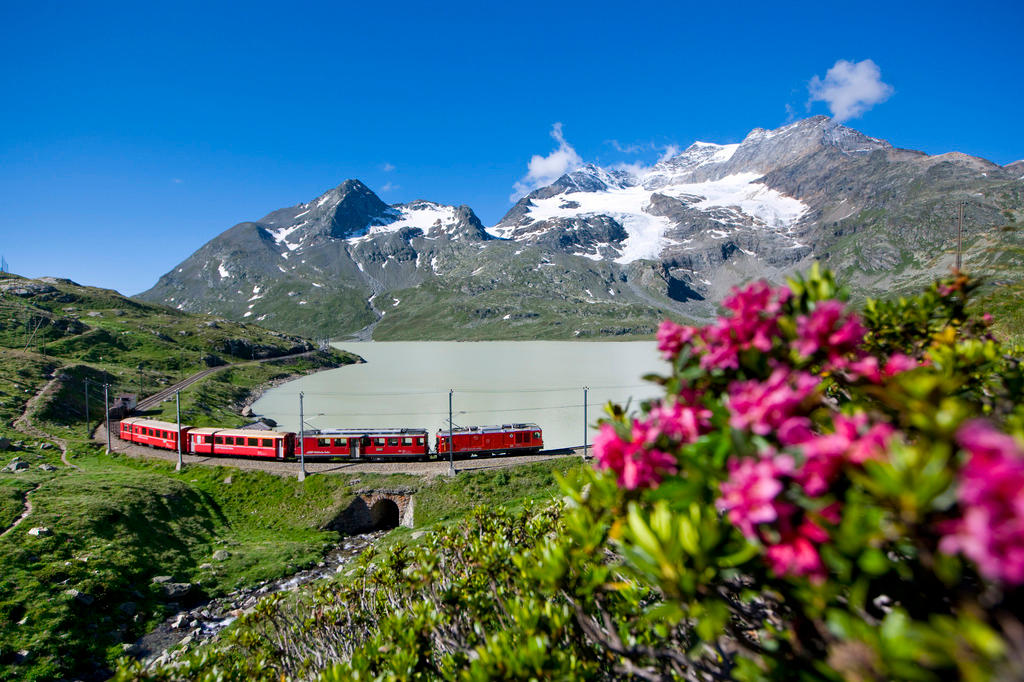
More
Switzerland celebrates its heritage sites

In compliance with the JTI standards
More: SWI swissinfo.ch certified by the Journalism Trust Initiative

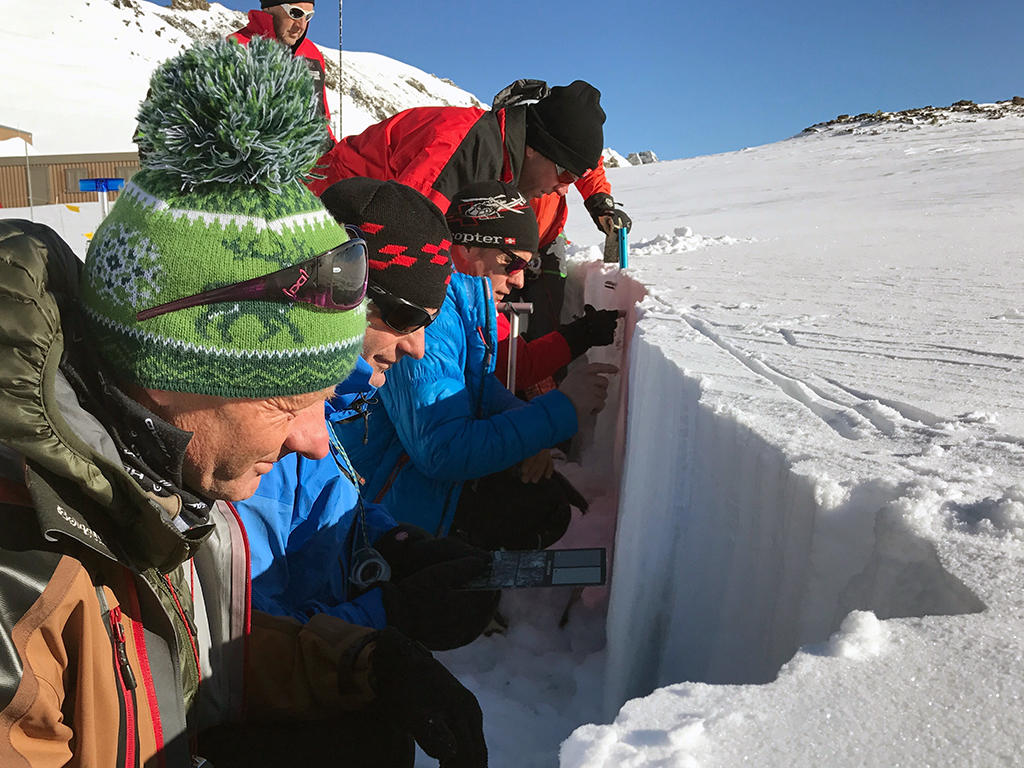
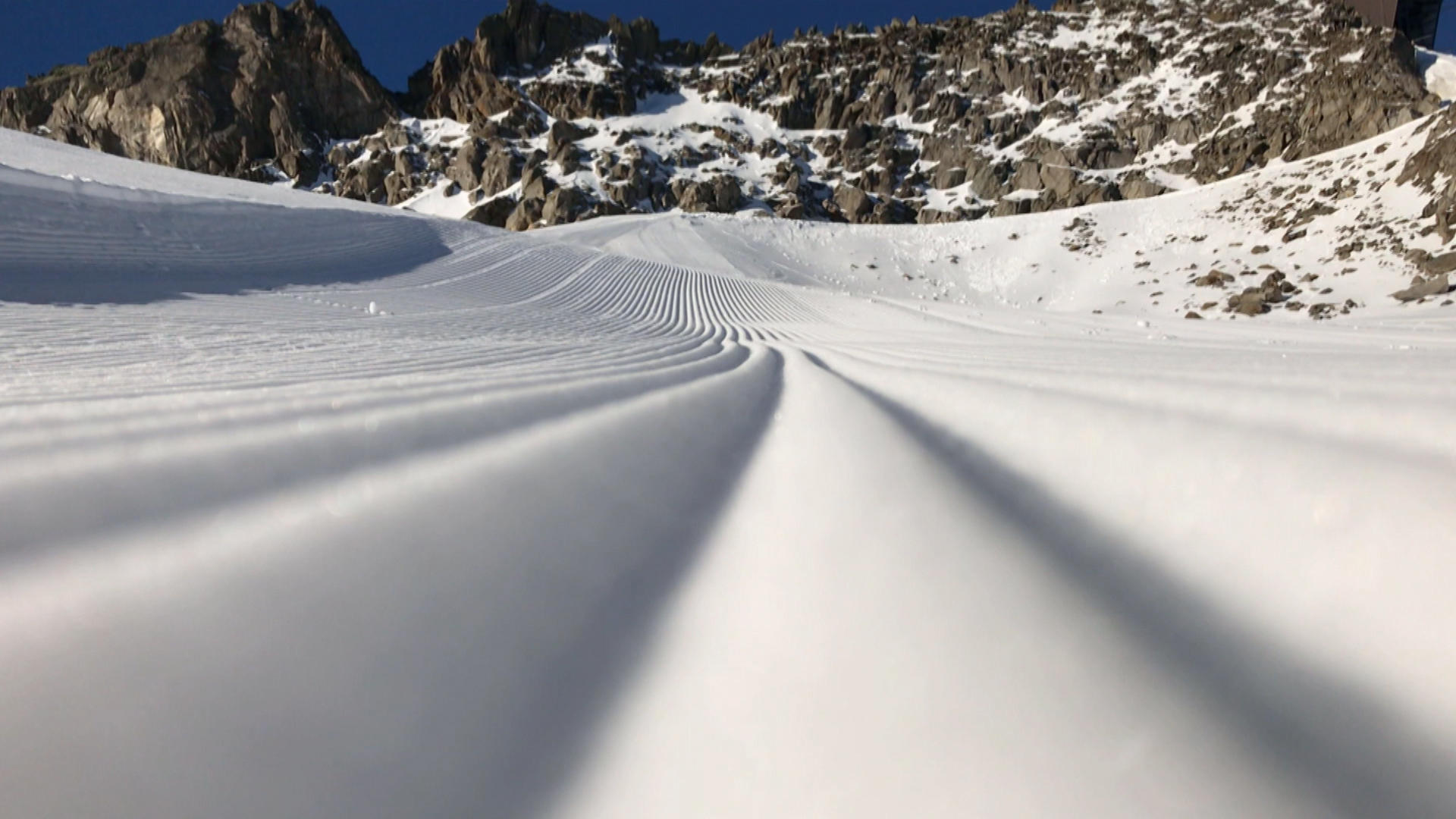
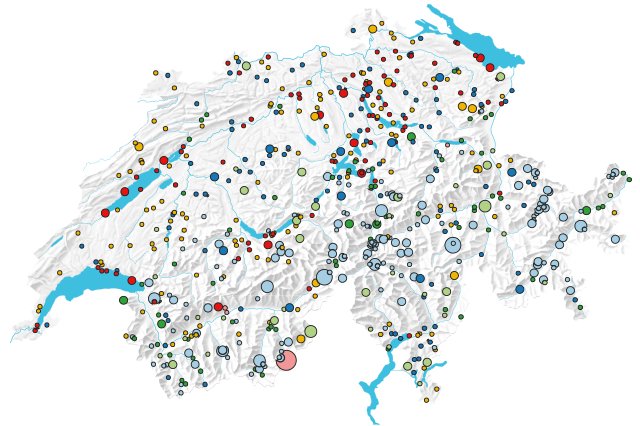
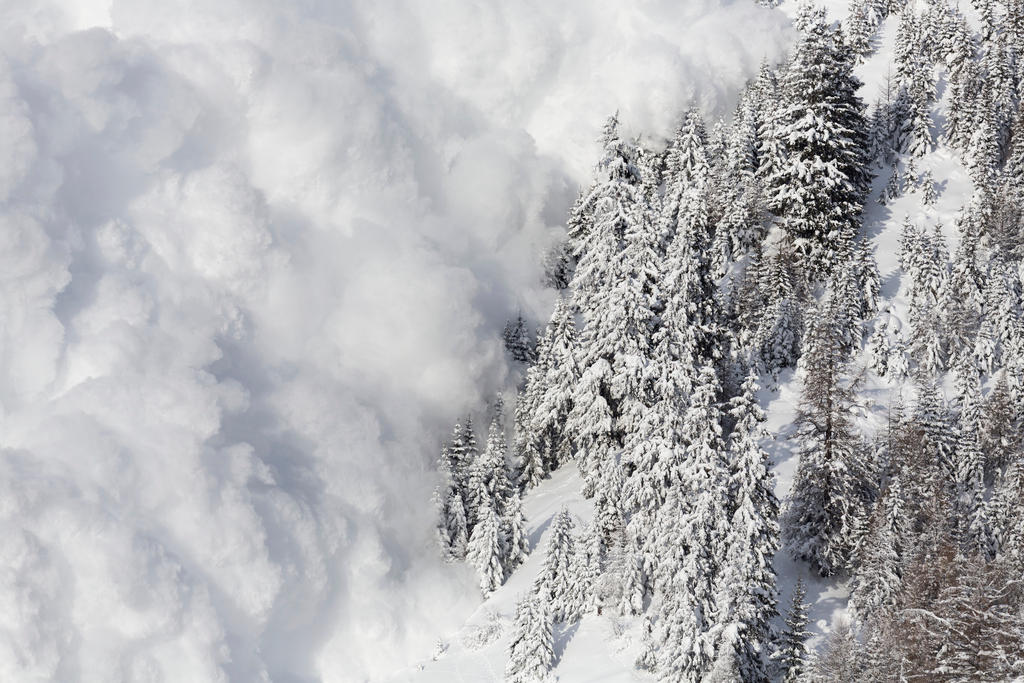
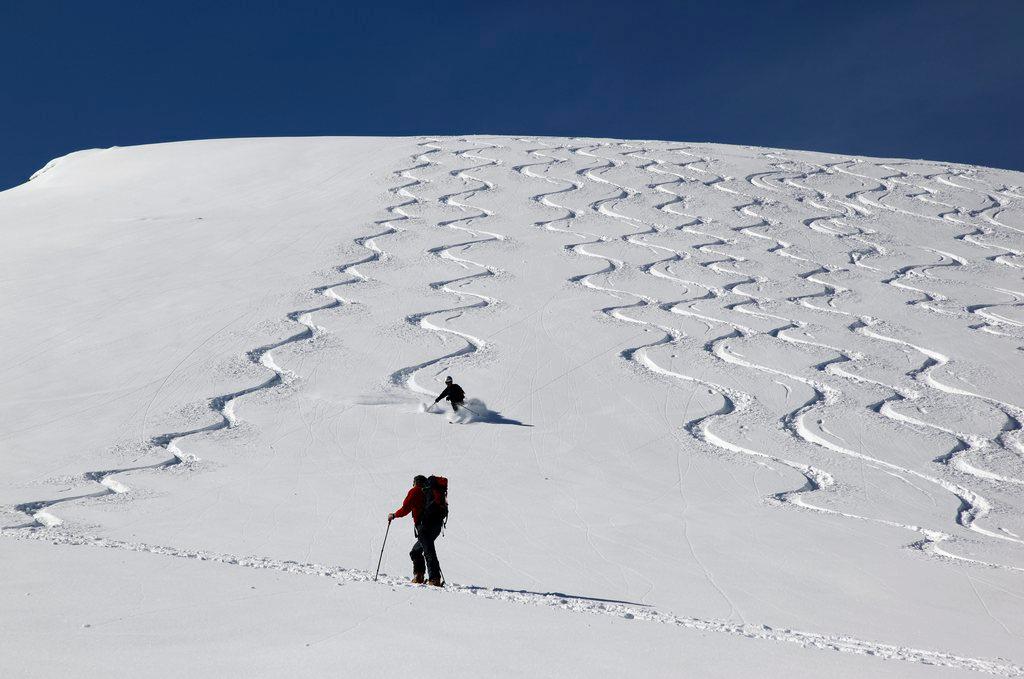
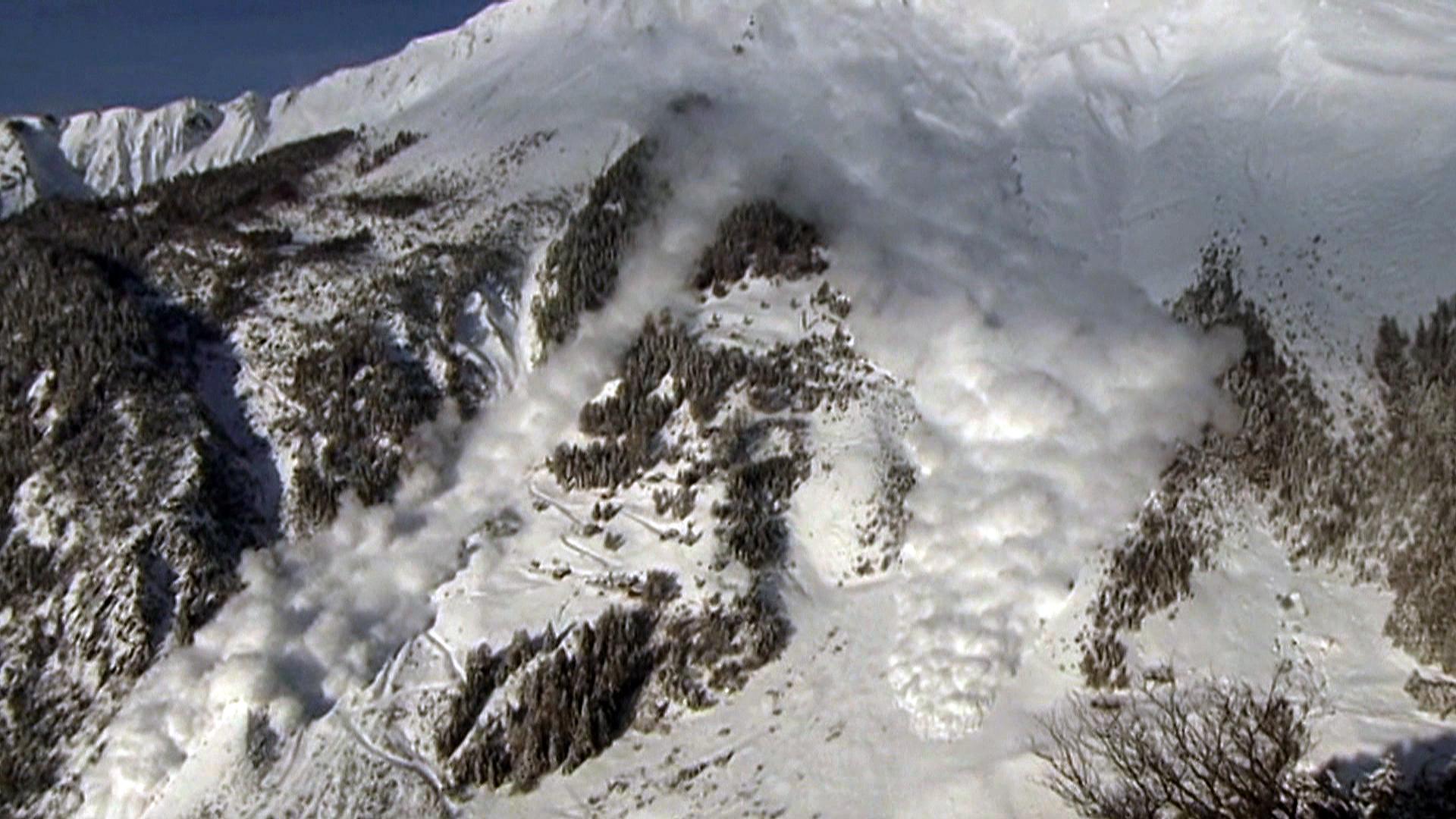
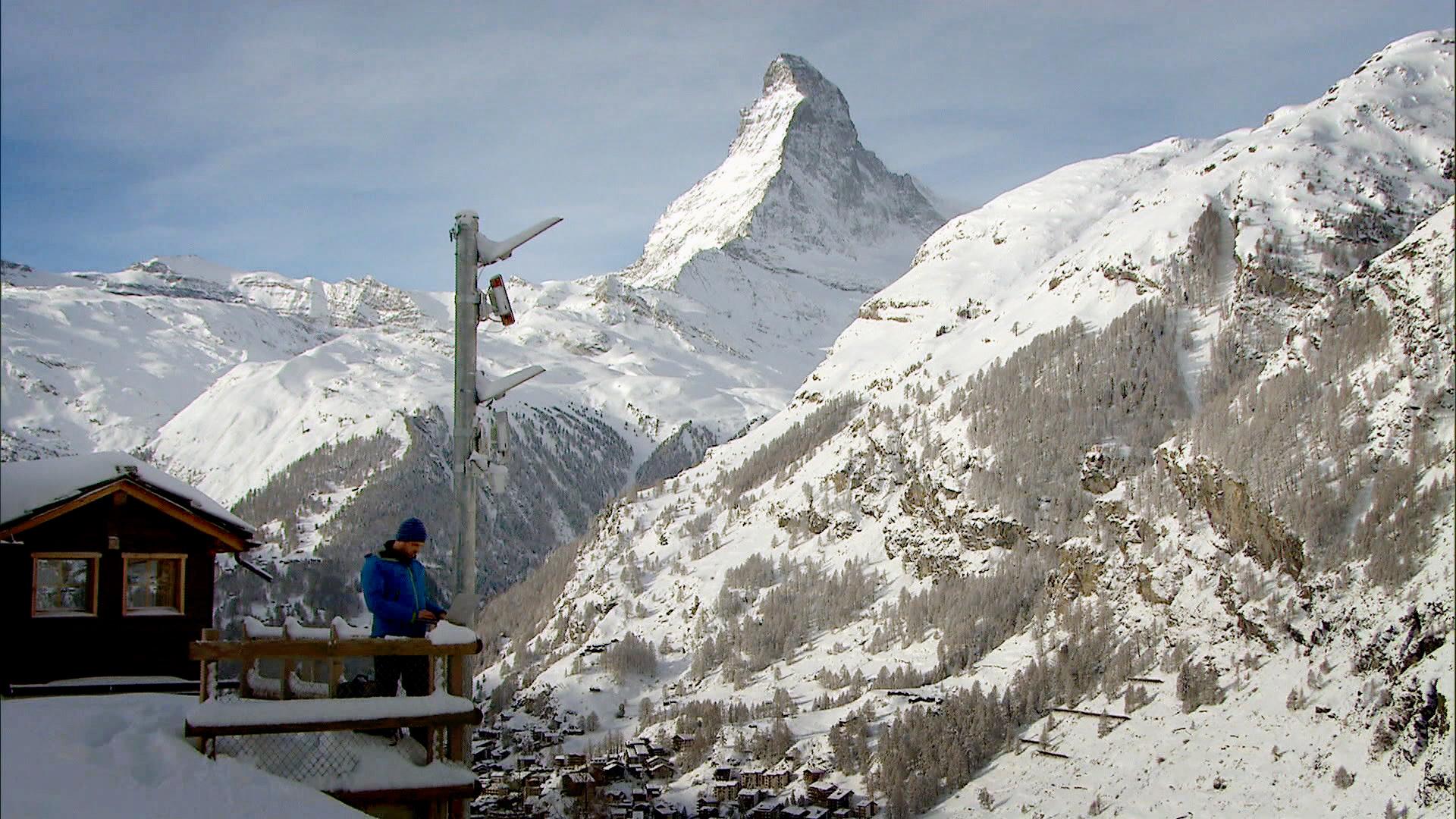
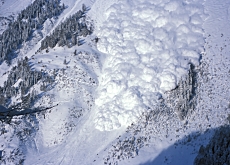
You can find an overview of ongoing debates with our journalists here. Please join us!
If you want to start a conversation about a topic raised in this article or want to report factual errors, email us at english@swissinfo.ch.